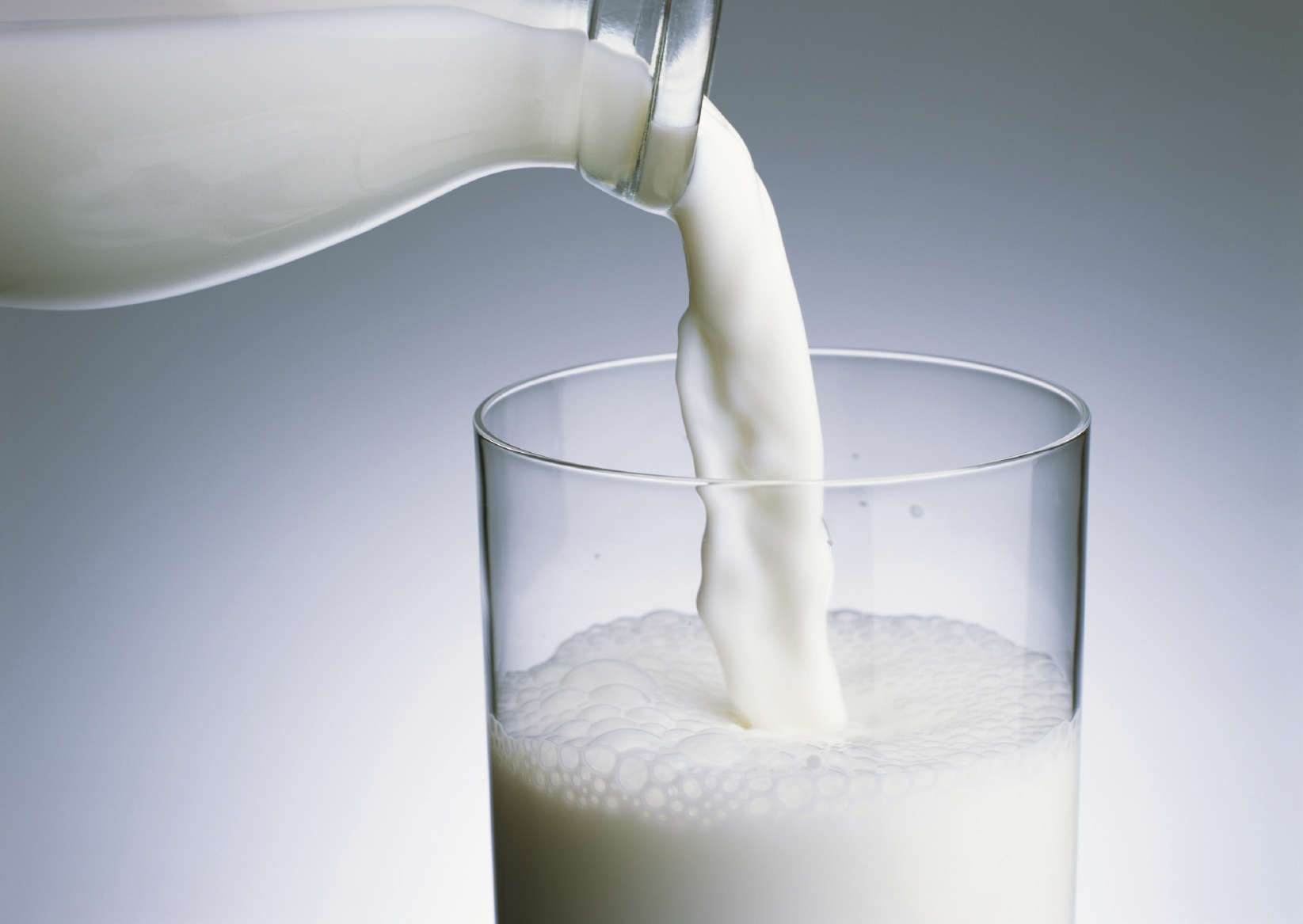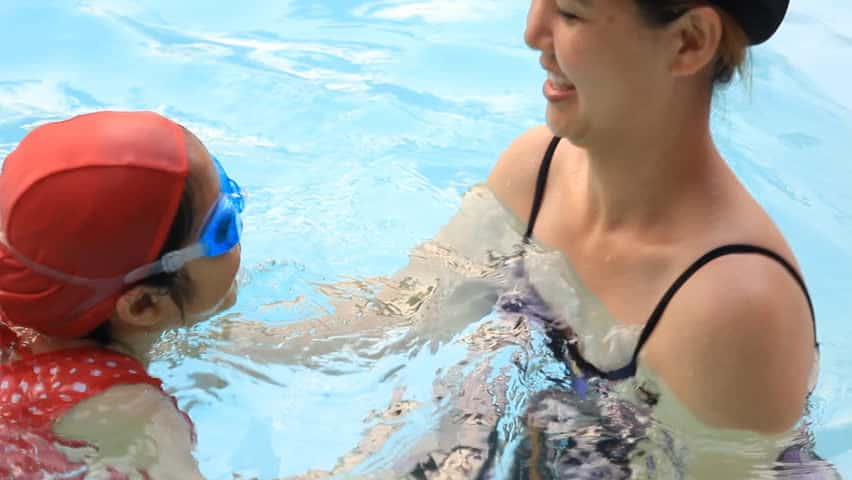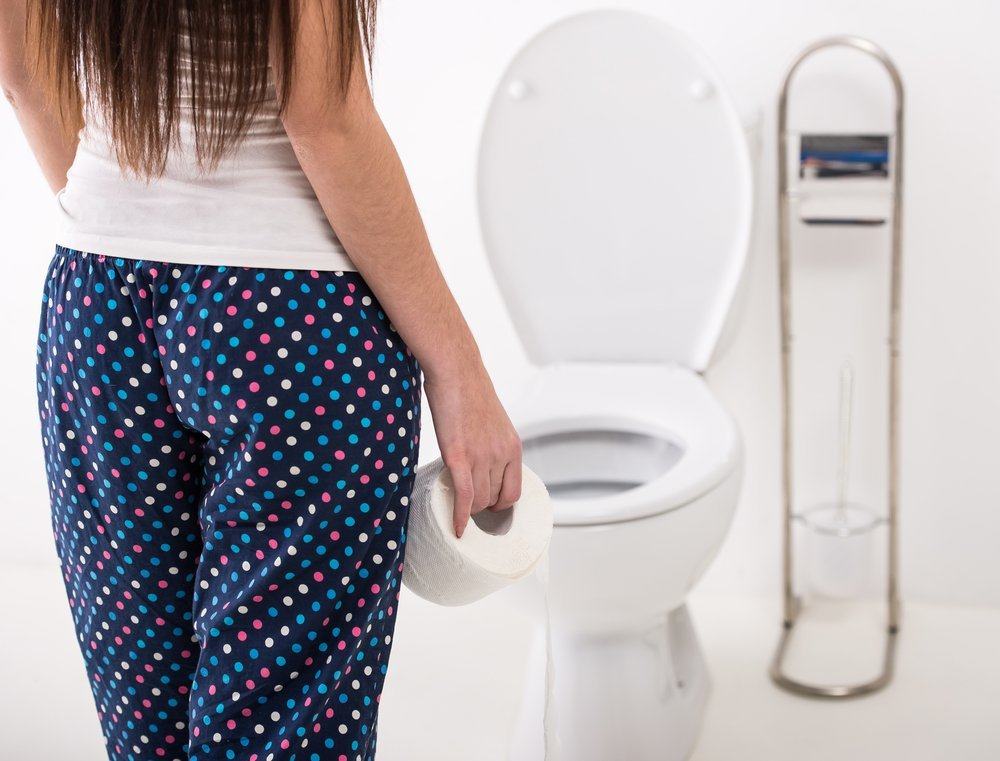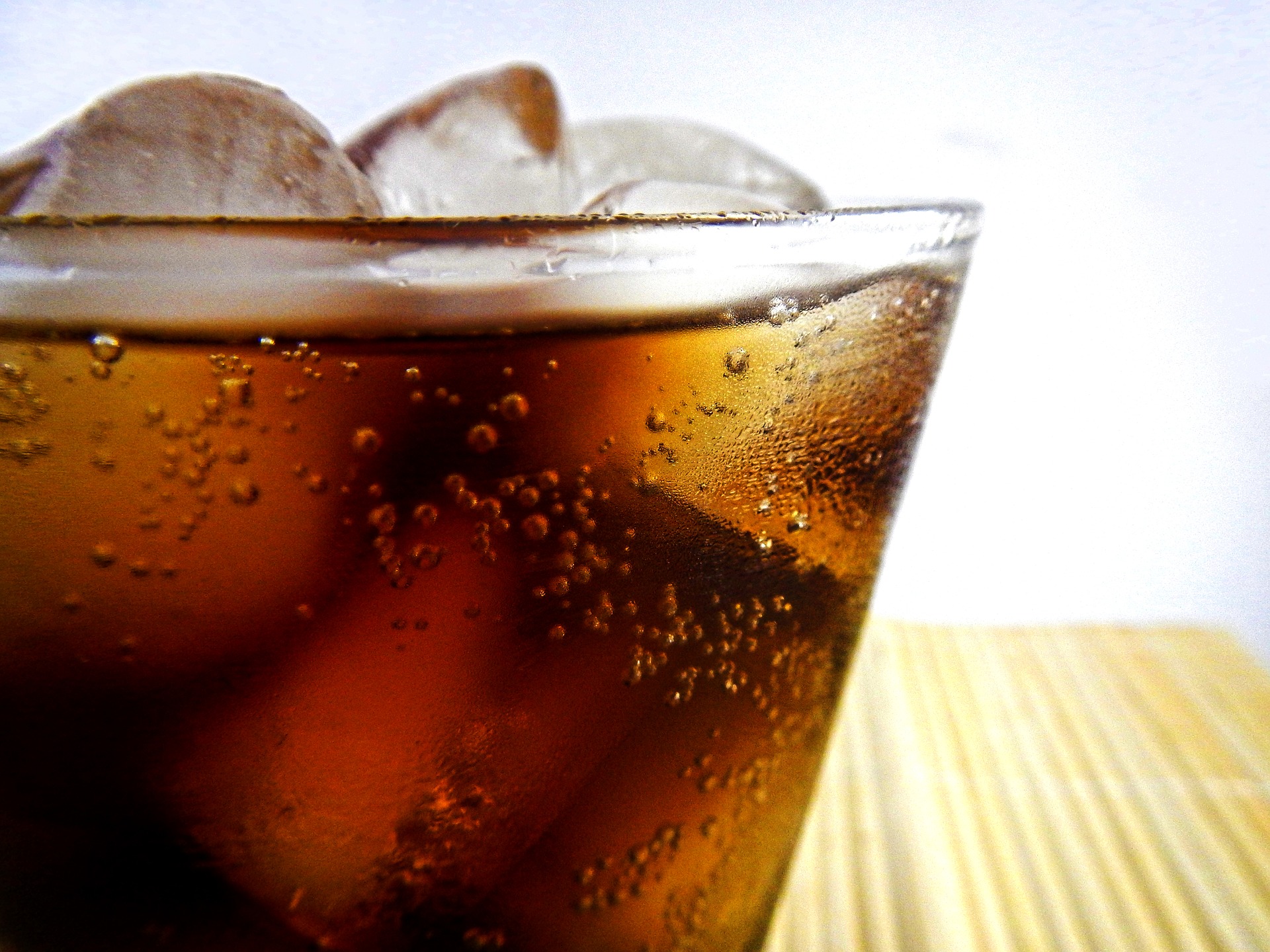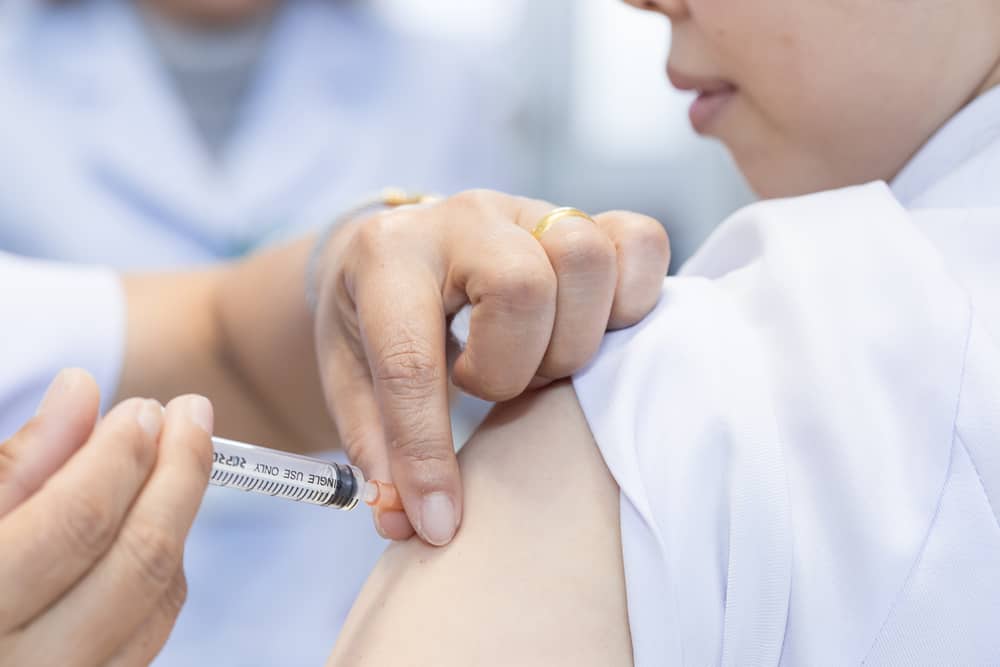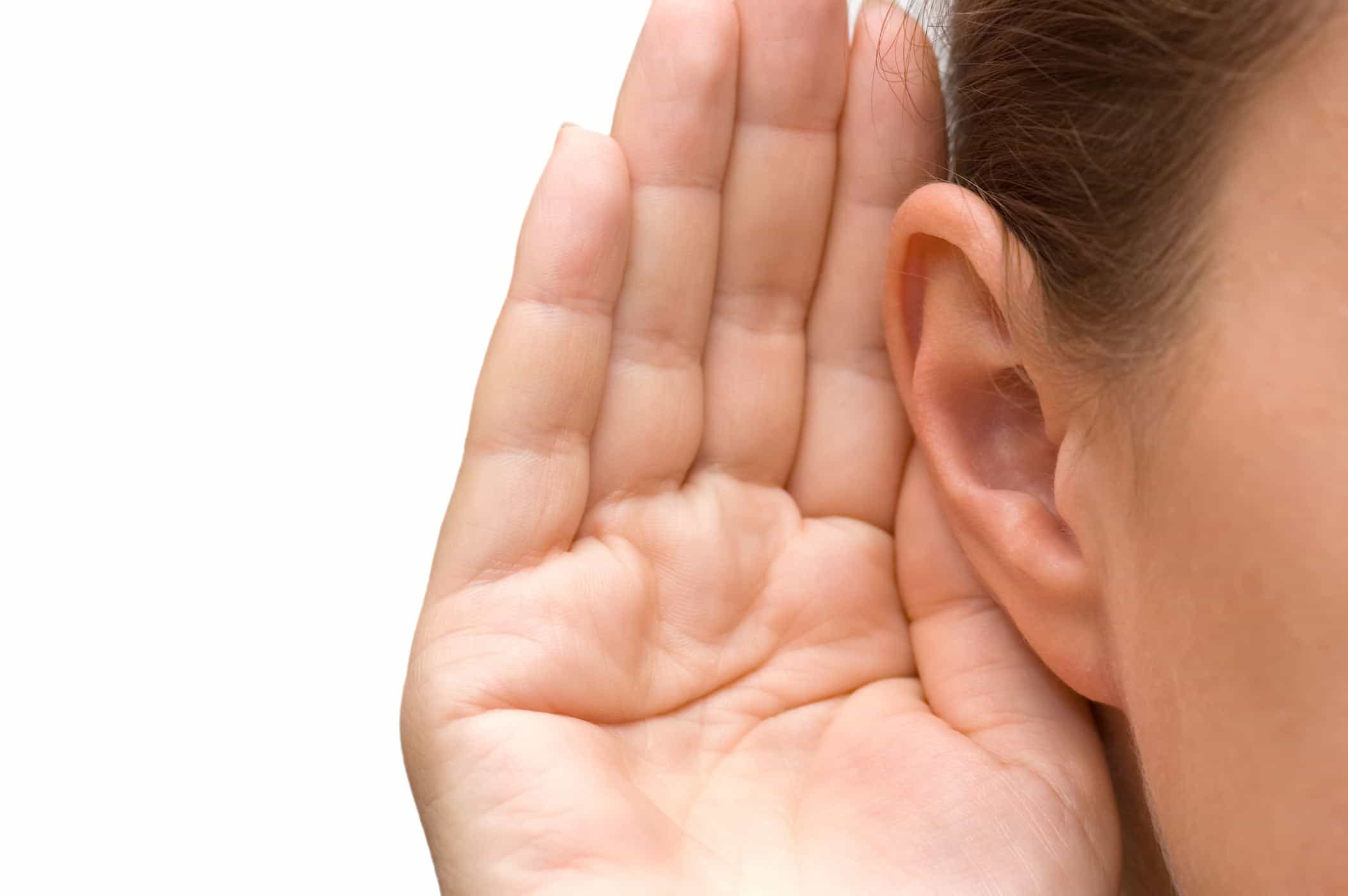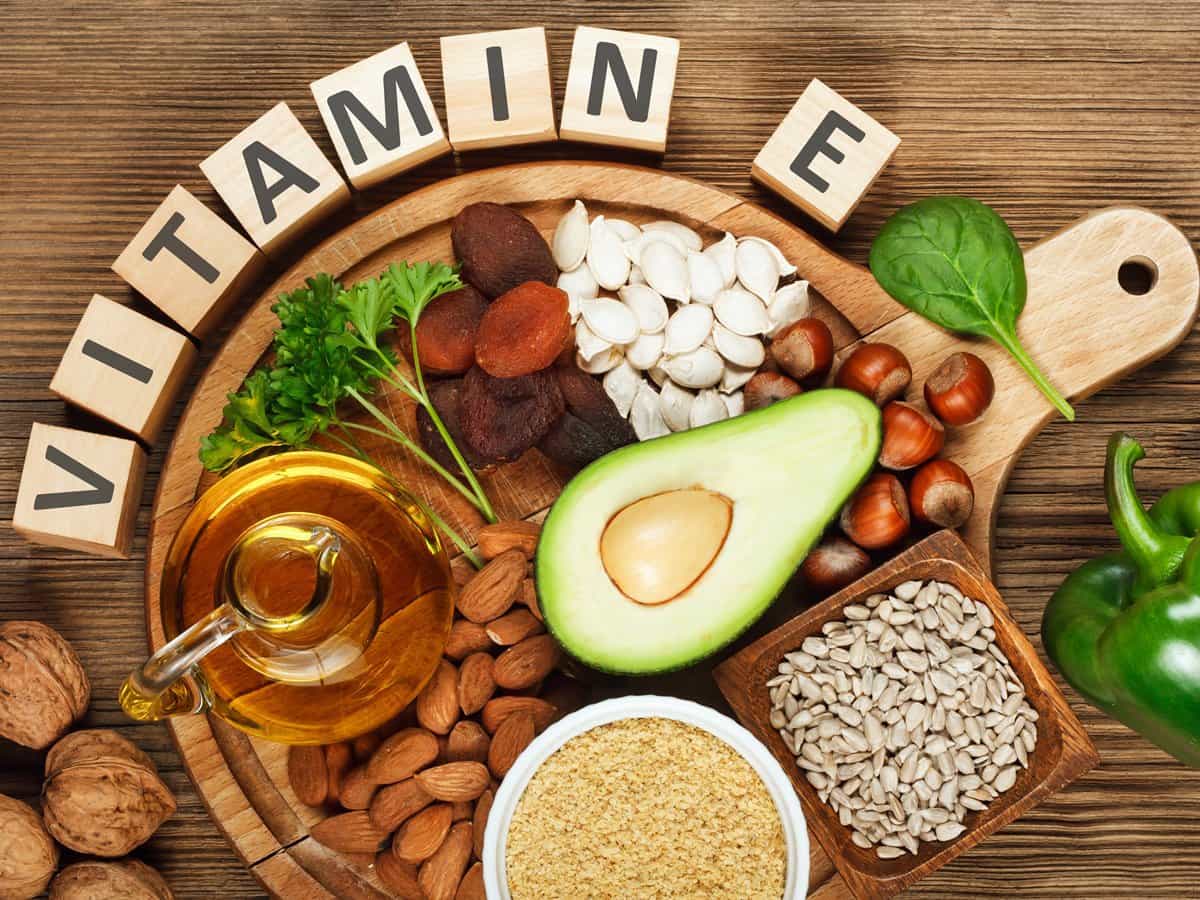Contents:
- Medical Video: Make a protein shake without protein powder!? (Simple)
- The content of whey protein in milk protein causes acne
- How whey protein can cause acne
- Tips for safe drinking milk protein without causing acne
Medical Video: Make a protein shake without protein powder!? (Simple)
According to a study published in the Journal of the American Academy of Dermatology, people who drank more than 3 cups of milk per day had more acne problems than those who drank only 1 glass of milk per day. Then, is it true that milk protein causes more severe acne?
The content of whey protein in milk protein causes acne
Acne is an inflammatory condition because sebum or oil glands in the facial skin are 'trapped' inside the pores and clog the pores of the face.
This allows bacteria to grow inside sebaceous follicles, hair follicles that are directly related to the sebaceous glands, and become sebum / oil reservoirs. Inflammated sebaceous follicles will cause acne.
Not only bacteria caused by clogged sebum on the skin of the face that can cause inflammation and cause acne. Milk protein can also cause inflammation and make your facial skin worse.
The content of whey protein in milk protein is allegedly able to trigger acne. Why? Because hormones that help promote muscle development, also help produce sebum and help the growth of skin cells simultaneously. This is what makes milk protein cause acne.
How whey protein can cause acne
Whey protein in the milk protein content can cause acne. This is related to a hormone known as insulin like growth factor 1 or IGF-1. IGF-1 is a growth hormone that can accelerate muscle growth, however, this hormone also causes acne.
Research has found a link between the hormone IGF-1 and the production of sebum. Higher IGF-1 levels can cause even more sebum production. So that the higher the level of IGF-1, the more production of sebum is produced. Drinking milk protein can increase the hormone IGF-1.
The hormone IGF-1 also reduces the derivative factor of FOXO1 in skin cells. Skin that tends to breakouts already lacks FOXO1, which is closely related to the causes of acne such as androgen hormone sensitivity, sebum production, excessive skin cell growth, and too much keratin. The habit of drinking milk protein that reduces FOXO1 can worsen the skin condition.
Tips for safe drinking milk protein without causing acne
Eating milk protein is one way to regulate body weight. Whey protein in milk protein is a good nutrient to help get the ideal body weight. Research from the University of Illinois shows that the essential amino acid content of leucine in whey protein can maintain muscle and help the process of burning fat in the body.
Although some studies have proven that milk protein causes acne, it is uncertain whether those who do not have acne problems will become spotty or not after drinking milk protein, because the main cause is from the hormone of each person, who certainly has a different hormone reaction -different on.
But to prevent the appearance of zits because of consuming milk protein, follow these tips.
- Consult a dermatologist whether the pimples that appear are a result of milk protein or not.
- When drinking milk protein, drink it as needed. Not too often because there is something that can cause inflammation.
- If you feel after drinking milk protein, your facial skin tends to become pimpled, you can stop or reduce the portion of drinking milk for your protein, becoming once a day or once every 2 days.

